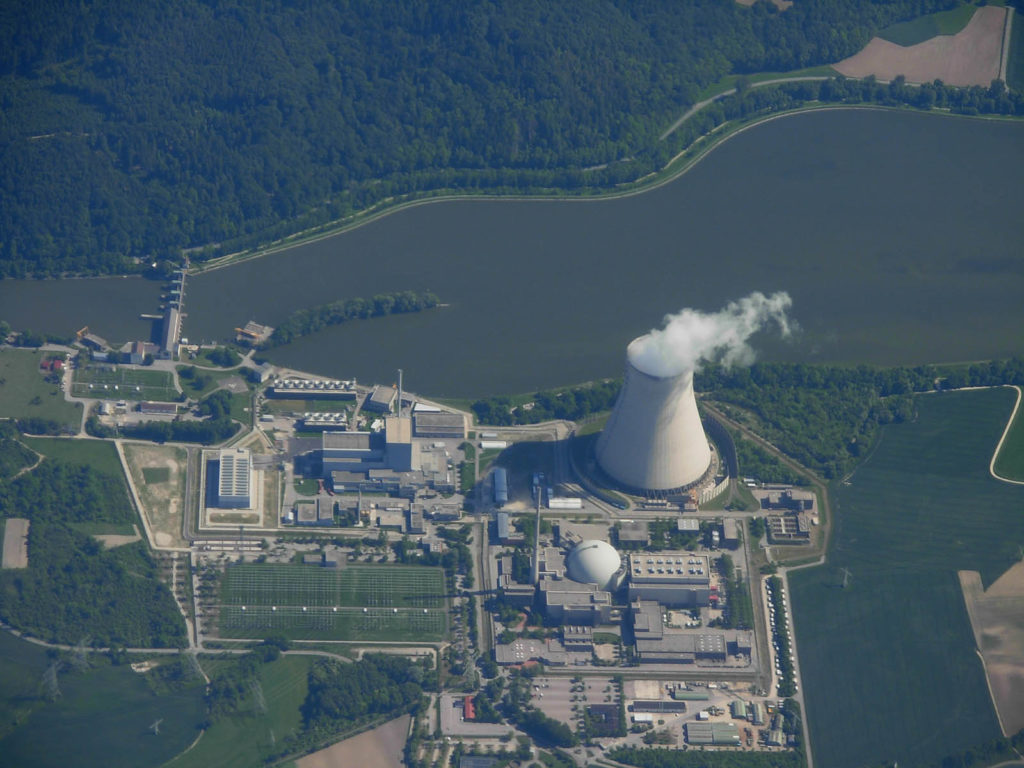Article 6 is an obscure and highly technical part of the Paris Agreement, but it is important and worth taking the time to understand. That’s because detailed rules around the trade in emissions reductions between countries, governed by Article 6, have the potential to make or break the success of the entire Paris Agreement.
In the worst possible scenario, the rules could let the world’s largest emitters, both countries and companies, off the hook entirely. Set up poorly, it would mean countries could trade fictional emissions reductions that cover up their failure to reduce greenhouse gas emissions at the source.
In the best possible scenario, Article 6 could provide solid incentives for countries to increase their climate ambitions and lower the cost of emissions reductions, while the world accelerates toward net zero.
Because of these two very different possible outcomes of Article 6, it remains controversial. Writing the rules for article 6 has formed a central element of COP26 negotiations over the past week.
What is Article 6?
Article 6 of the Paris Agreement establishes a framework for the voluntary international cooperation for countries to reduce emissions and meet their pledges (this is often called nationally determined contributions or NDCs).
It outlines a cooperative approach to using credits from emissions reduction projects, known in the Agreement as ‘international transferred mitigation outcomes’. It also establishes a central UN mechanism to trade credits generated from emissions reduction projects. But the more detailed rules haven’t yet been decided on, and that’s what’s happening as we speak in Glasgow.
What are carbon markets again?
The most important thing to understand about climate action is that to prevent the world from warming further, virtually all use of coal, oil and gas has to stop and all greenhouse gas emissions must be in balance. That is, the amount of emissions put into the atmosphere must be equal to, or ideally lower than, the amount of emissions being absorbed or captured.
But between now and that point, commonly known as ‘net zero’, it may be cheaper for some countries to reduce emissions faster than others. A trade in reductions allows countries like Singapore, where reducing emissions is relatively difficult due to the lack of space, to pay for reductions in countries like Papua New Guinea, where reducing emissions might be more simple.
So, why is this so controversial?
To its backers, Article 6 has the potential to encourage greater ambition to reduce emissions between countries, by lowering the costs of mitigation and partnering up with the private sector in technology and finance.
However, Article 6 also risks undermining the Paris Agreement and letting countries off the hook from making meaningful emissions reductions, at a time when we know this decade is make or break for our climate future.
Around half of countries’ initial climate pledges, constituting 31% of global emissions, already include the intended use of international cooperation through carbon markets and many others are expected to follow.
What are the risks?
Article 6 could potentially be plagued by any of the issues that affect carbon trading and offset schemes more generally. The rules underpinning Article 6 that are being negotiated today will determine how badly the international scheme will be affected. These issues include:
1. Double counting emissions reductions
For example, an emissions reduction project could be used by a host country (seller) to demonstrate progress towards achievement of its climate pledge, while at the same time being used by another (buyer) country to show progress towards achievement of their own climate pledge. This is obviously a perverse outcome that isn’t in line with providing genuine emissions reductions.
2. The risk of fake emissions reduction credits
A carbon offset is a reduction in emissions of greenhouse gases to compensate for emissions made elsewhere. This sounds simple, but for the scheme to have any integrity, these emissions reductions must be things that would not have happened if it weren’t for the scheme: a concept known as additionality.
This gets complicated very quickly. But essentially what robust additionality testing does is prevent fake emissions reduction credits. For example, under Australia’s Emissions Reduction Fund, project operators have been paid eye-watering sums for landfill methane capture and combustion projects that are older than the Emissions Reduction Fund itself. Because the Emissions Reduction Fund didn’t make these projects happen in any real sense a purchaser can’t say that they have driven any environmental benefit to offset their own emissions. It is money for nothing.
At the international level this becomes even more difficult, and poor standardisation and verification of emissions reductions make it difficult to track whether or not a quantifiable (and permanent) reduction in atmospheric carbon dioxide has occurred. A 2020 article in Bloomberg Green revealed JPMorgan and Blackrock invested large sums to protect tracts of forest land in the US that were never threatened and that were already protected. At the same time, these companies hold significant investments in fossil fuel industries.
To make matters worse, a significant quantity of emissions reduction credited under these schemes are based on storing land-based carbon. This could, for example, include tree planting, avoiding deforestation, soil carbon or other forms of land restoration. This carbon is ultimately at risk from future extreme events as well as sustained shifts in regional climate. These events and long-term changes are more than capable of undoing any hard work to reduce emissions.
The more we avoid confronting the reality that coal, oil and gas use must be brought to zero, the more the likelihood of land-based carbon being released increases due to bushfires, droughts, pest plagues and other events.
3. Confusing the real price of permanent carbon removal
Carbon credits tend to be treated the same whether they are renewable energy projects, energy efficiency projects, afforestation projects or avoided deforestation projects. But this garbles the real difference of land and fossil carbon on the climate system. Burning fossil fuels reintroduces greenhouse gases to the atmosphere that were buried over the course of tens of millions of years.
On the other hand, carbon flows relatively freely between oceans, land (including soils and vegetation), and the atmosphere on relatively short timescales as part of the fast carbon cycle. By manipulating natural systems, we can temporarily relocate fossil carbon, for instance through storage in a tree, but this is a temporary solution, as it is part of the fast carbon cycle.
The only permanent solution for moving carbon dioxide out of the atmosphere is geological storage, that is, putting all of the emissions from fossil fuel combustion back underground. But these technologies are totally flawed. They are enormously expensive and have not been demonstrated to work at scale. Total capture would require more energy than was produced by the fossil fuel in the first place.
At the same time, we need to halt and reverse deforestation, slash emissions from agriculture and restore ecosystems across the world. But this shouldn’t be used to grant permission for coal, oil and gas usage elsewhere.
In summary, the devil really is in the details of Article 6. It has potential to be used for good but also to be used nefariously.
The bottom line is that we need strong, bold action this decade to move away from reliance on coal, oil and gas. There is simply no place for emissions reductions projects that justify the continued burning of fossil fuels.










